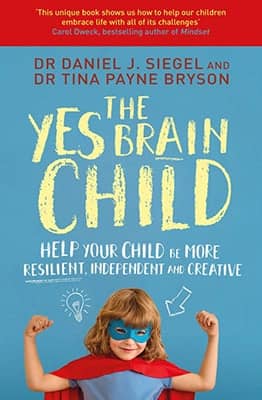Tackling Transitions
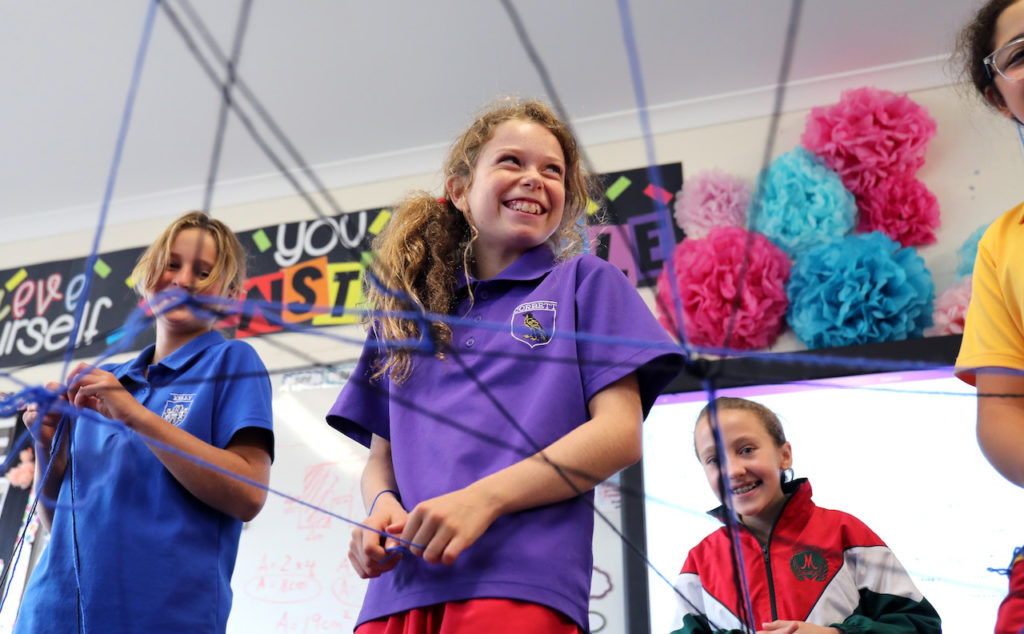
Do you remember puberty? When reflecting on this time in life, most of us will give a wry smile. There is some sympathy for our 12-year-old selves: gangly, spotty, trying to fit in and a bit embarrassed about all the changes happening to our bodies. What a nightmare!
The passage of time helps us forget this period in life, which is just as well. However, when we look at our own children, we can conjure up wisps of those memories and they should help us to empathise with our tweens and teens.
In early adolescence, students are developing very quickly. In fact, other than the first two years of life, this is the richest period of development in a human lifetime. Children are going through changes:
- physically
- cognitively
- emotionally
- socially
Most early adolescents also have to navigate the move from primary school to high school. A large body of research now identifies this transition as one of the most stressful events young people will experience.
The main concerns identified by students are being lost, peer relationship worries, and anxiety over coping with an increased workload. This transition can directly impact educational attainment, with a reported interruption in students’ academic growth during the transition year. (Akos et al, 2015)

At Santa Maria, we aim to smooth out some of the twists and turns of adolescence and particularly this transition. By beginning at the College in Year 5, our girls maintain some continuity and stability during early adolescence. They move into their high-school life surrounded by friends, staff they recognise and a campus they are familiar with.
We do not want to remove all of the excitement and growth that comes from starting high school, so our girls will still have the experience of lots of new peers who begin their Santa Maria experience in Year 7. They will also have the physical move to the Year 7 area of the College, the Gould Building.
Our girls who begin in Year 5 at Santa Maria love already knowing their way to the various specialty areas of the school and acting as guides to new students. They are familiar with the Science labs, the Physical Education facilities, Art buildings, theatre and music rooms through their experiences in Years 5 and 6.
As you can see, there is a nice blend of the familiar and the new as they transition to high school. We don’t remove the challenges that build resilience, but we do provide enough stability to promote positive mental health. By spreading the challenges over a longer time period, we give our students a better chance of meeting them with a positive approach and the energy required to overcome them.
Reference
Akos P, Rose RA, and Orthner D (2015) ‘Sociodemographic moderators of middle school transition effects on academic achievement’, Journal for Early Adolescence, 35:170–198, doi: 10.1177/0272431614529367.
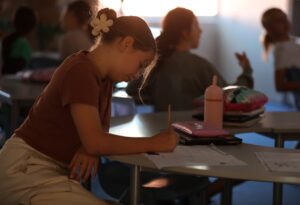
Inspiring Change: Earth Day 2024
Our Earth Day celebration this week was a powerful reminder of our collective responsibility to protect our planet for future generations.
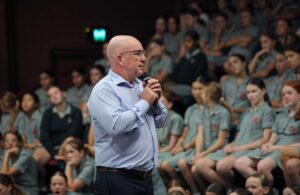
Unlocking the Power of Connection: Dr Mark Williams Inspires Students
After the success of his first visit last year, we were excited to welcome Dr Mark Williams back to talk with our Years 7, 8 and 9 students this week.
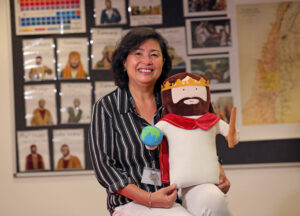
Continuing the Journey: Carol Beins Upholds Her Daughter’s Legacy
This year, Carol Beins follows her daughter Shoshanna’s footsteps, journeying the same path as the former Religious Education teacher.
- ConnectingLearning2Life, MentalHealthStrategy
Author: Santa Maria College
Santa Maria College is a vibrant girls school with a growing local presence and reputation. Our Mission is to educate young Mercy women who act with courage and compassion to enrich our world. Santa Maria College is located in Attadale in Western Australia, 16 km from the Perth CBD. We offer a Catholic education for girls in Years 5 – 12 and have 1300 students, including 152 boarders.






